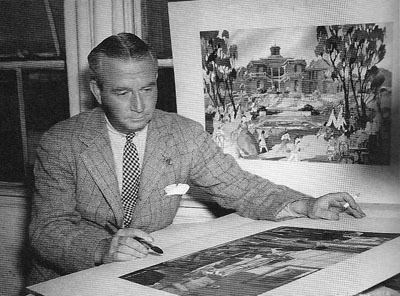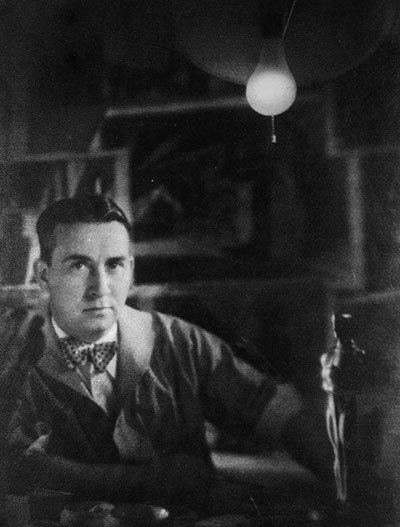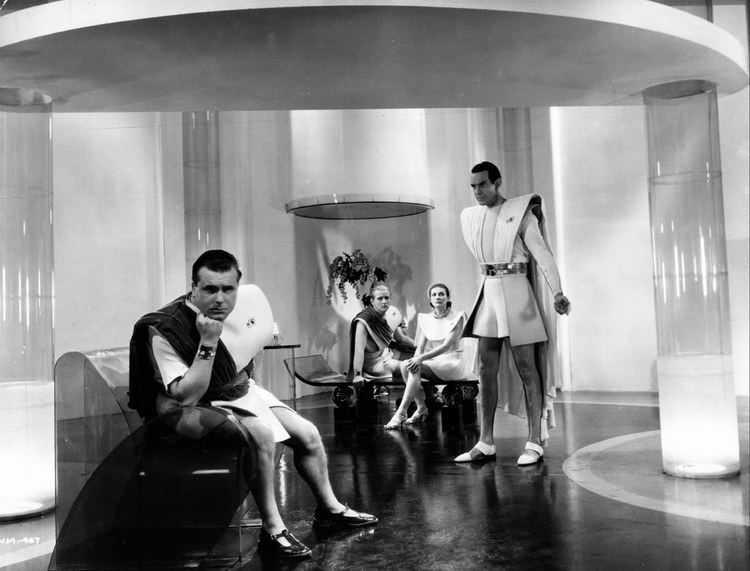Spouse Mignon Toby Menzies Role Film Production Designer | Name William Menzies Years active 1924–1956 | |
 | ||
Died March 5, 1957, Los Angeles, California, United States Children Suzanne Menzies, Jean Mignon Menzies Parents Charles A. Menzies, Helen Menzies Movies Things to Come, Invaders from Mars, The Thief of Bagdad, The Maze, Chandu the Magician Similar People Alexander Korda, Margaretta Scott, Jimmy Hunt, Helena Carter, David O Selznick | ||
William cameron menzies innovations while directing gone with the wind author james curtis
William Cameron Menzies (July 29, 1896 – March 5, 1957) was an American film production designer (a job title he invented) and art director as well as a film director and producer during a career spanning five decades. He earned acclaim for his work in silent film, and later pioneered the use of color in film for dramatic effect.
Contents
- William cameron menzies innovations while directing gone with the wind author james curtis
- William cameron menzies documentary
- Early years
- Career
- Death
- Accolades
- Additional art direction credits
- Additional production design credits
- Selected directing credits
- DVD release
- References

William cameron menzies documentary
Early years

Menzies was born in New Haven, Connecticut to Scots immigrant parents, Charles A. and Helen originally from Aberfeldy, Scotland. He studied at Yale and the University of Edinburgh, and after serving in the United States Army during World War I he attended the Art Students League of New York.
Career

Menzies joined Famous Players-Lasky, later to evolve into Paramount Pictures, working in special effects and design. He quickly established himself in Hollywood with his elaborate settings for The Thief of Bagdad (1924), The Bat (1926), The Dove (1927), Sadie Thompson (1928), and Tempest (1928). In 1929, Menzies formed a partnership with producer Joseph M. Schenck to create a series of early sound short films visualizing great works of music, including a 10-minute version of Dukas's The Sorcerer's Apprentice, and created the production design and special effects for Schenck's feature film The Lottery Bride (1930).

Menzies's work on The Adventures of Tom Sawyer (1938) was what prompted David O. Selznick to hire him for Gone with the Wind (1939). Selznick's faith in Menzies was so great that he sent a memorandum to everyone at Selznick International Pictures who was involved in the production reminding them that "Menzies is the final word" on everything related to Technicolor, scenic design, set decoration, and the overall look of the production. Menzies was the director of the burning of Atlanta sequence. Menzies also (re)shot the famous Dalí dream sequence of Alfred Hitchcock's Spellbound (1945).
The term and credit "production designer," which is sometimes used interchangeably with the term and credit "art director," was coined specifically for Menzies to refer to his being the final word on the overall look of the production, and it was intended to describe his ability to translate Selznick's ideas to drawings and paintings from which he and his fellow directors worked.
In addition, Menzies would go on to direct a string of dramas and fantasy films. He would be famous for two sci-fi films that many film fans and critics consider legendary: the 1936 film Things to Come, based on H.G. Wells' work that predicted war, the search for peace and technical advancement, and Invaders from Mars (1953), which mirrored many fears about aliens and outside threats to humans in the 1950s. Both were considered innovative films for their time, with the latter made in color and applauded as one of the best sci-fi films for its time.
Death
Shortly after completing his work as an associate producer on Around the World in 80 Days (1956), Menzies died of cancer. He was interred in the Forest Lawn Memorial Park Cemetery in Glendale, California.
Accolades
At the 1st Academy Awards, held on May 16, 1929, Menzies won for Best Art Direction for The Dove and Tempest. The following year he was nominated in the same categories for his work on Bulldog Drummond, Alibi, and The Awakening, but lost to Cedric Gibbons.
At the 12th Academy Awards held on February 29, 1940, Menzies won an Academy Honorary Award "for outstanding achievement in the use of color for the enhancement of dramatic mood" in the production of Gone With the Wind.
In 2005, Menzies was in the first group of art directors and production designers inducted into the Art Directors Guild Hall of Fame.
Additional art direction credits
Additional production design credits
Selected directing credits
DVD release
In October 2009, Alpha Video released the public domain collection The Fantastic World Of William Cameron Menzies on DVD, which included four early experimental films created by Menzies and Joseph M. Schenck, shorts that visualize great works of classical music:
According to Dave Kehr, The Wizard's Apprentice "clearly influenced Disney's version in Fantasia.
